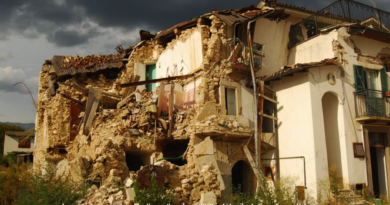Seismic risk management in Japan
Japan is known for frequent seismic activity. Each year earthquakes occur of at least 6 on the Richter scale.
The catastrophic earthquake that hit Japan in 2011 made it evident that a more effective communication between government and the population is mandatory in order to better manage public safety. With the violence of the earthquake, a 9.0 on the Richter scale, all the power was shut down and communication lines were destroyed making it hard to communicate. They had no reliable alternatives in place
Despite the frequency and strength of earthquakes in Japan, the government has found ways to communicate better and more effectively. For example, they created a line specifically and exclusively for medical emergencies. For the rest of the population, they use popular social media applications such as Instagram or Twitter to keep them updated.
The government has also upgraded their earthquake detection system so that if an earthquake is too big, the trains and other transportation services are stopped immediately, before they can be put at risk for heightened damge. This system was already funtioning when the 2011 earthquake occured, and as a result all of the trains remained on their tracks.
As of today, Japan has set different types of alarms that go off in the city to warn people, and the inhabitants regularly exercise training procedures so they can behave effectively during a seismic or other catastrophe. For example the medical staff train for disaster preparedness. In addition, all types of constructed buildings and installations such as furniture are designed specifically to withstand strong earthquakes.
Here are four different parasismic structures used in Japan :

A rigid structure prevent the building from falling (1), a rubberized structure that stops buildings from colliding (2), hydraulic shock absorber (3), dry shock absorber (4)
Source : tpeseisme.home.blog
Reference :
- Communication problems after the great east japan earthquake of 2011, H Yamamura et al., 2014
- www.nbcnews.com for featured picture




